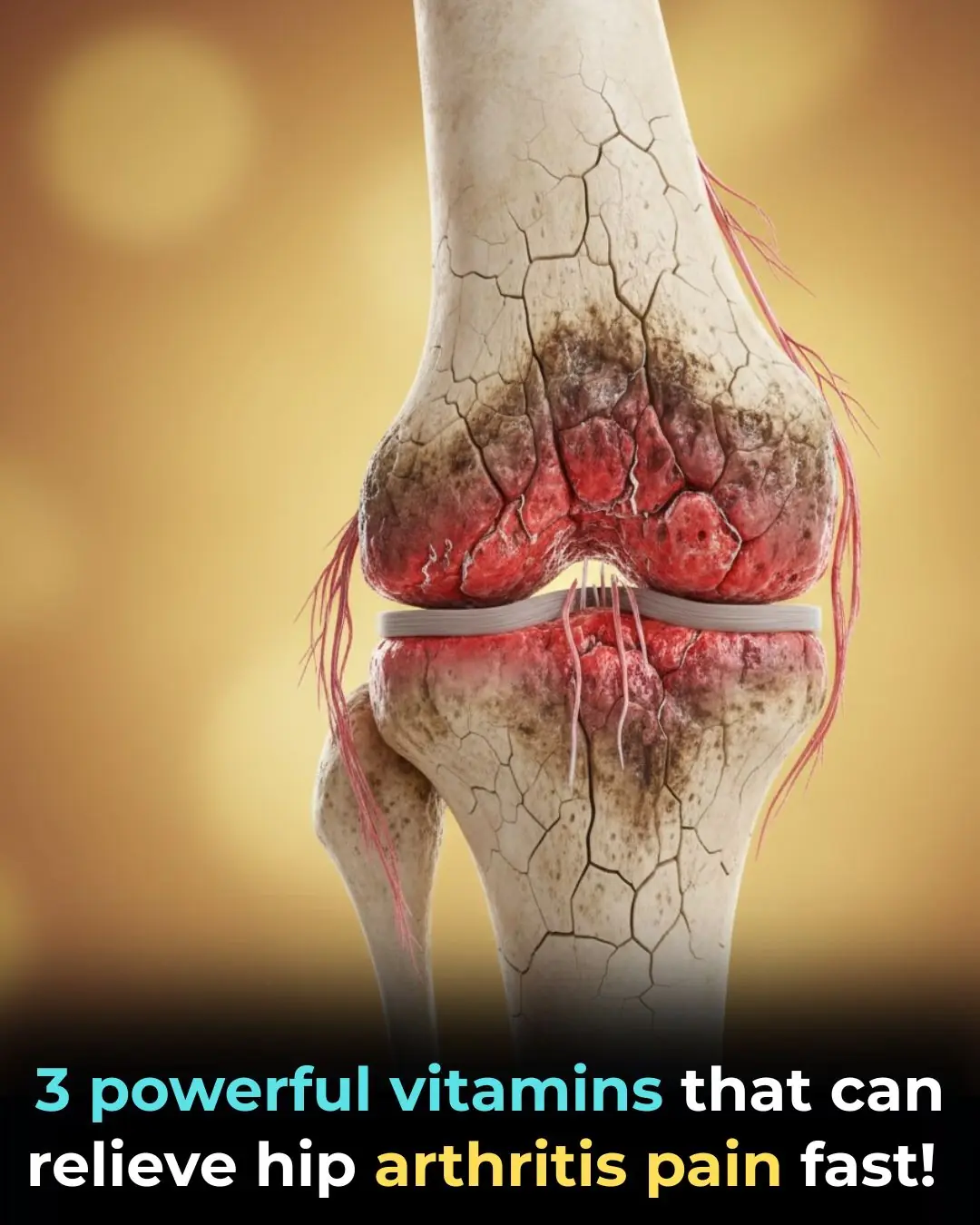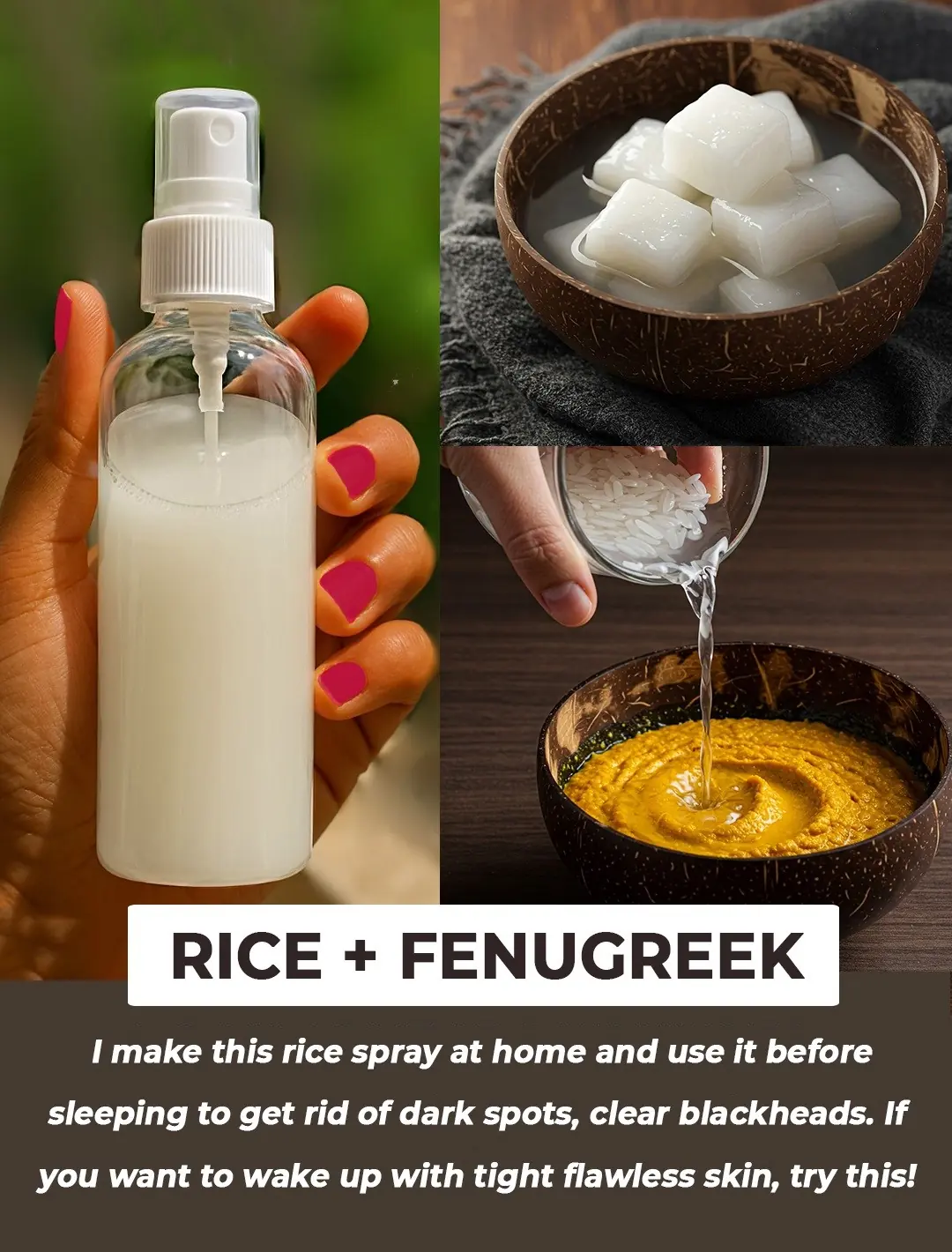
The Role of Eggs and Choline in Reducing the Risk of Cognitive Decline
The Role of Eggs and Choline in Reducing the Risk of Cognitive Decline
You might not see them on every dinner plate — but across the globe, chicken feet are a beloved, time-honored delicacy:
Braised to perfection in Chinese dim sum
Simmered slowly in Caribbean stews
Steamed with spices in Nigerian soups
Pickled as zesty bar snacks in Mexico
To some, they may look unusual. But chicken feet aren’t just edible — they’re nutrient-dense, collagen-rich, and surprisingly nourishing when prepared with care.
Let’s take a closer look at why this humble part of the bird deserves real attention — helping you eat smarter, reduce waste, and support your health one mindful bite at a time.
Because real nutrition isn’t always obvious.
Sometimes it arrives with a little crunch — and a long story behind it.
Chicken feet are, quite literally, the feet of chickens — usually skinned, cleaned thoroughly, and trimmed before cooking. Unlike other chicken cuts, they contain very little meat. Instead, they’re made up of skin, tendons, cartilage, and small bones.
But here’s where it gets interesting:
👉 When chicken feet are slow-cooked — whether boiled, braised, or stewed — the connective tissues melt down into gelatin. This creates a silky, luxurious texture and releases nutrients that can support joint health, skin vitality, and gut function.
📌 Most commonly found frozen in Asian, Caribbean, African, and Latin American grocery stores — often at a fraction of the cost of traditional cuts.
Though they might not be labeled a trendy “superfood,” chicken feet offer several science-backed advantages that have been recognized in traditional cuisines for generations.
One of the richest natural sources of type II collagen — the type found in cartilage and joints. When cooked, this collagen breaks down into gelatin, which may help support:
Joint flexibility and mobility
Skin elasticity and hydration
Hair and nail strength
🩺 A 2017 review in Nutrients showed that collagen supplementation helped reduce joint pain in both athletes and people with osteoarthritis — and food-based collagen sources, like chicken feet, can offer similar benefits with additional minerals and nutrients.
Gelatin plays a soothing role in the digestive system by helping reinforce the gut lining and potentially improving barrier function. This is why chicken-feet-based broths are a staple in many ancestral diets.
💡 For best results, simmer chicken feet for 6–8 hours to extract maximum collagen and minerals.
A 3.5 oz (100g) serving provides about 7–8 grams of protein. While not a complete protein source, it contributes well to overall intake and is ideal for budget-friendly, high-yield meals.
Calcium → Important for bone strength
Phosphorus → Works with calcium to support bone and tooth health
Magnesium → Essential for muscle and nerve function
Glucosamine & Chondroitin → Naturally occurring substances linked to improved joint comfort
🌱 These nutrients were especially valued in traditional diets, where no part of the animal was wasted, and every cut served a purpose.
Raw chicken feet are firm and tough — but slow cooking transforms them into soft, flavorful, melt-in-your-mouth morsels.
Ingredients:
1 lb (450g) chicken feet, cleaned and trimmed
1 tbsp vinegar or lemon juice
2 slices fresh ginger
2 green onions
Salt to taste
Instructions:
1. Clean Thoroughly
Soak in water with vinegar for 10 minutes, scrub well, and clip the nails if necessary.
2. Blanch First
Boil for 5 minutes to remove excess fat and impurities, then drain and rinse.
3. Simmer Until Tender
Add fresh water, ginger, onions, and salt. Simmer for 1–2 hours until soft and gelatinous.
Serve in soups, stews, noodles — or pair with a dipping sauce for extra flavor.
🔥 Pro Tip: Use a pressure cooker for richer flavor in just 30–40 minutes.
Different cultures embrace chicken feet in unique, flavorful ways:
🇨🇳 Chinese
Steamed with black beans, red-braised, fried then simmered in dim sum-style sauces, or added to hot pot.
🇯🇲 Jamaican
Cooked in curry with potatoes, thyme, and Scotch bonnet peppers.
🇳🇬 Nigerian
Used in pepper soup or added to spicy stews for extra richness and collagen.
🇲🇽 Mexican
Pickled in lime, vinegar, and chili for tangy bar snacks called pulitas or botanas.
🇰🇷 Korean
Spicy braised chicken feet (Dakbal-jjim), often eaten with beer as a fiery drinking snack.
🍽️ Enjoy with rice, noodles, beer, or crusty bread — depending on the tradition.
Yes — as long as they’re properly cleaned and cooked to at least 165°F (74°C).
Asian, African, or Latin markets
Halal butchers
Some major supermarkets (usually frozen)
Absolutely — raw or cooked chicken feet freeze well for up to 6 months.
Choosing chicken feet isn’t just about health — it reflects a wider, more sustainable philosophy.
Reduces waste and honors the whole animal.
Much cheaper than prime cuts, yet still nutrient-packed.
Using every part of the animal helps minimize food waste and promotes sustainability.
Preserves food traditions and celebrates flavors passed down through generations.
💡 Fun fact: In China, chicken feet are poetically called “phoenix claws” — a symbol of prosperity and good fortune.
You don’t need to rely only on familiar cuts of meat to experience satisfaction or nutrition.
So the next time you’re browsing a market or exploring a new recipe…
look beyond the breast.
Try the feet.
Braise them.
Pull out the rich collagen.
Share the story with someone curious.
Because real nourishment isn’t just about protein or calories.
It’s about tradition, resilience, resourcefulness — and learning to appreciate every part of what we have.
And that kind of wisdom?
It’s been right beneath us all along.

The Role of Eggs and Choline in Reducing the Risk of Cognitive Decline




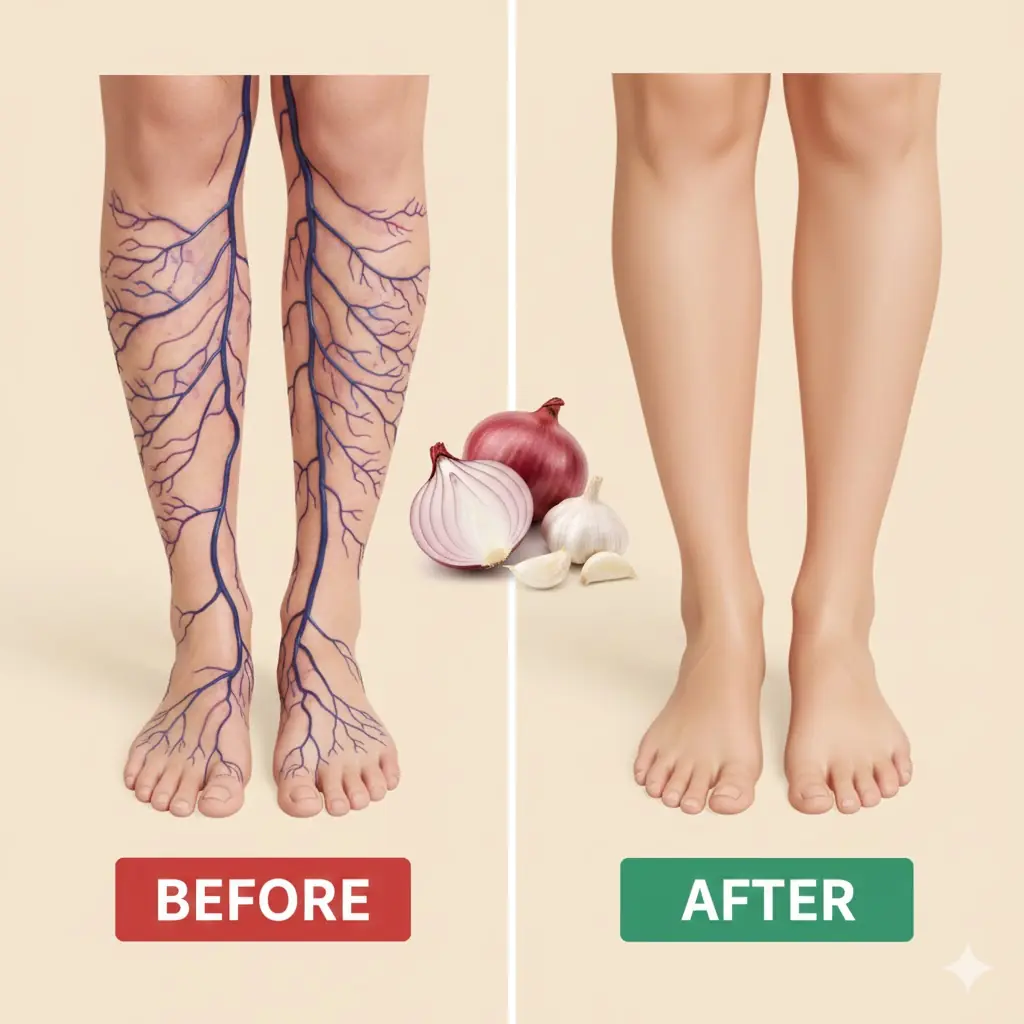
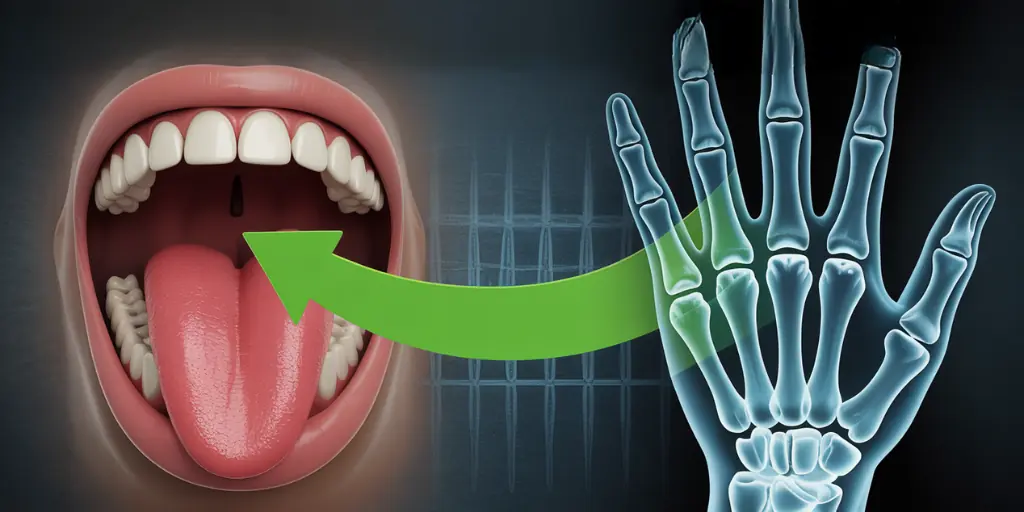
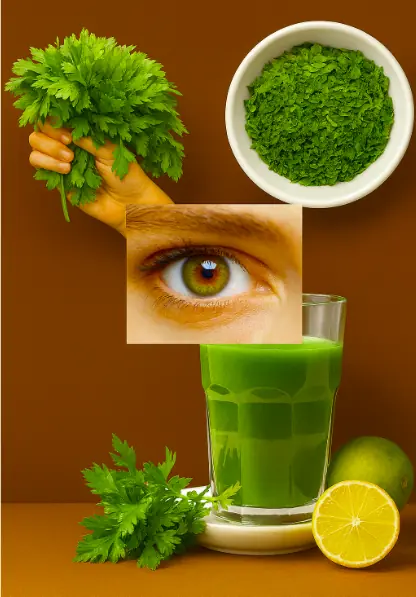











The Role of Eggs and Choline in Reducing the Risk of Cognitive Decline









